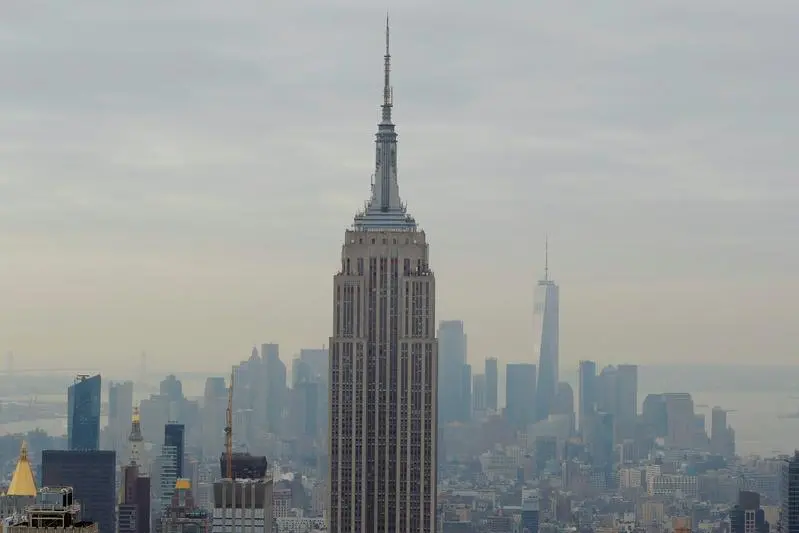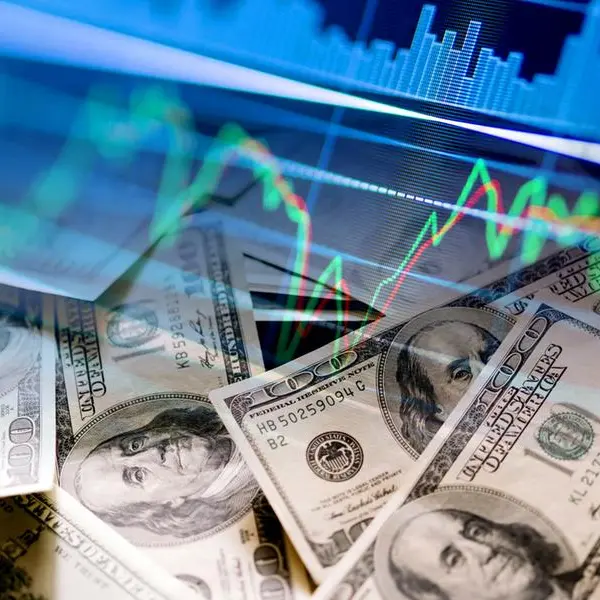PHOTO
NEW YORK - The Empire State is forcing progress to address climate risks. New York’s politicians this week passed a bill mandating net-zero emissions by 2050. That means laggard U.S. companies will have to move faster towards renewable energy. More intense investor activism should follow, too, especially if like-minded states generating more than half America’s GDP join the push.
New York isn’t the first U.S. state to pass major climate legislation. Hawaii, Nevada, New Mexico and Washington have done so. But they focused mostly on reducing fossil fuels in generating electricity. Albany has done that, too, targeting the use across the state of nothing but renewable energy by 2040.
The Climate Leadership and Community Protection Act also stipulates that overall emissions in the state – everything from car exhausts to buildings’ oil-burning boilers – should be 85% below 1990 levels in just over 30 years’ time. Polluters will also have to find ways to offset the remaining 15%, hence the net-zero description. The required investment will spur the creation of around 150,000 jobs, according to an estimate from Demos, a New York think tank.
But it doesn’t stop there. New York is a founder member of the U.S. Climate Alliance, which includes as signatories 24 states representing 55% of America’s $20 trillion in economic output, starting with California.
Many of them may use New York’s new law as a blueprint. It won’t always be easy. Unlike in Albany, the Democrats pushing such legislation aren’t necessarily in control. Oregon’s Republican senators, for example, absconded this week to avoid voting on a cap-and-trade carbon-pricing bill, forcing Democrat Governor Kate Brown to send police to search for them. How New York intends to hit its goals, and how to enforce progress towards them, won’t be known for a couple of years, either.
The more states that do adopt similar goals, though, the greater the need for new funds and for companies like Exxon Mobil to up their climate game. Foreign asset managers dominate the Climate Action 100+ group that has cajoled the likes of Glencore, Equinor and Royal Dutch Shell RDSa.L to address their emissions. Moves like New York’s should bring U.S. investors – relative laggards to date – into the front line.
On Twitter https://twitter.com/AntonyMCurrie
CONTEXT NEWS
- The New York State Assembly passed the Climate Leadership and Community Protection Act in the early hours of June 20. The state senate passed the same legislation a day earlier. Governor Andrew Cuomo is expected to sign it.
- Once the act becomes law, the state as a whole will have to source 70% of its electricity needs from renewable supplies by 2030 and 100% by 2040. It will also be required to cut overall carbon emissions, which includes everything from transportation to heating for homes and offices, to 85% below 1990 levels by 2050 and offset the rest – a so-called net-zero solution.
- The legislation also provides that disadvantaged communities receive at least 35% of “overall benefits of spending on clean energy and energy efficiency programs.”
- On June 19 the federal Environmental Protection Agency issued its Affordable Clean Energy rule to replace the Clean Power Plan developed during President Barack Obama’s administration. The new rule will allow states to develop emissions-performance standards for power plants, based on federal guidelines. The previous iteration of the rule tried to persuade utilities to replace coal with cleaner fuels like solar, wind, and natural gas.
- For previous columns by the author, Reuters customers can click on CURRIE/
- SIGN UP FOR BREAKINGVIEWS EMAIL ALERTS http://bit.ly/BVsubscribe
(Editing by Richard Beales and Amanda Gomez) ((antony.currie@thomsonreuters.com; Reuters Messaging: antony.currie.thomsonreuters.com@reuters.net))












